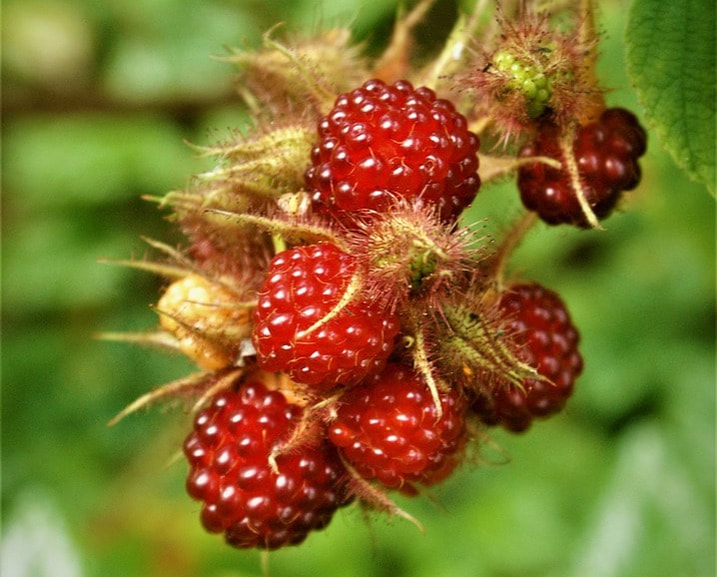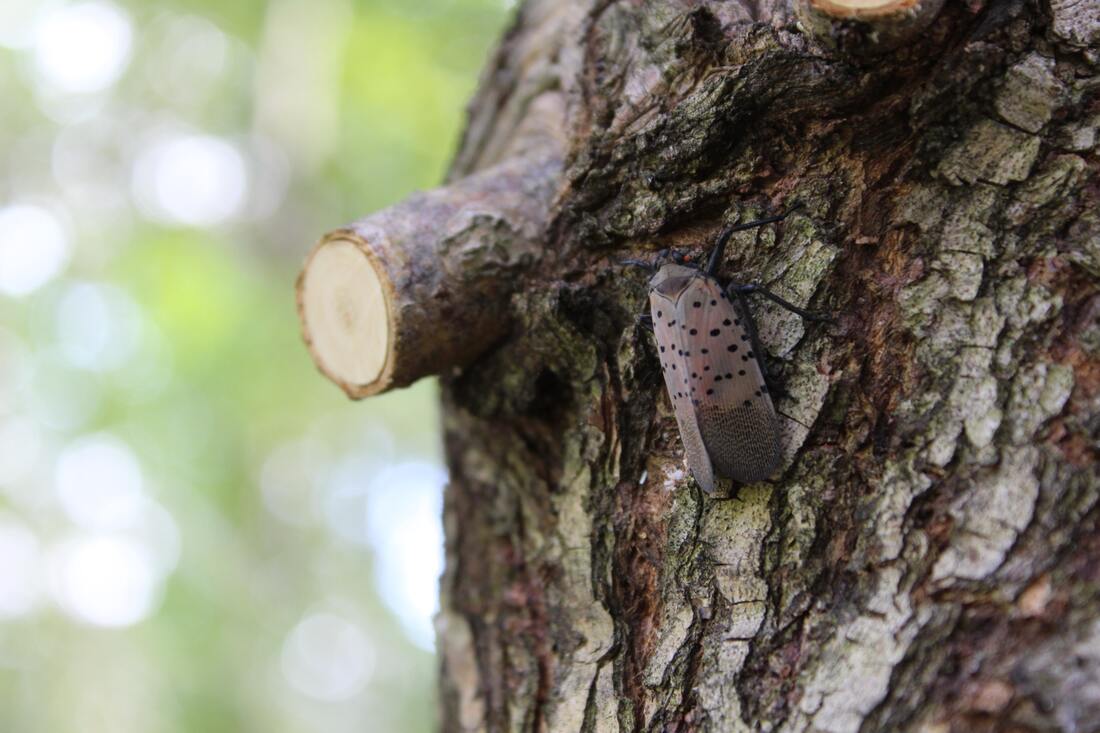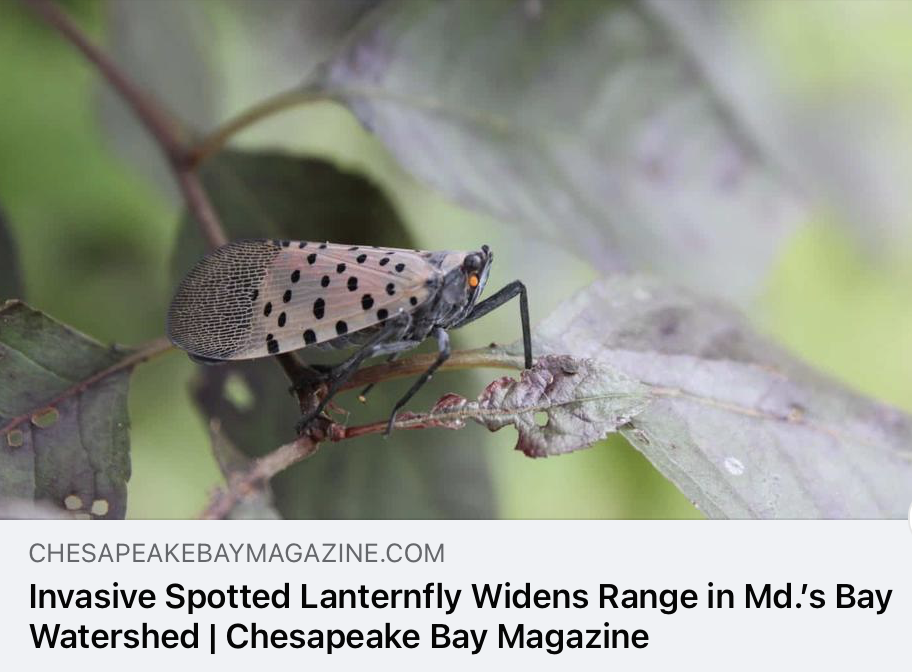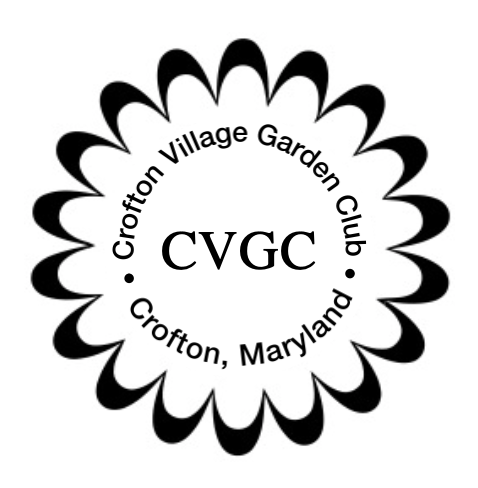|
The spotted lanternfly has made its way to Crofton. One was recently spotted at Historic Linthicum Walks.
The University of Maryland Extension advises to pause before you spray. There are important considerations:
If you see a spotted lanternfly in your yard, take a picture and send it to [email protected]. Trumpet Vine (Campsis radicans) is a woody vine with trumpet-shaped dramatic red flowers that form July through September, attracting hummingbirds and butterflies. The vine is generally 20 feet in length with dark green compound leaves with 7 to 11 serrated leaflets. The vine climbs or spreads over the ground by aerial rootlets on the stems which latches on to whatever is located nearby. Although the plant is native, it can become invasive if not properly cared for.
Wineberry (Rubus phoenicolasius) is a deciduous, woody shrub with arching stems that reach 3 to 6 feet. The stems and petioles are covered in dense reddish glandular hairs and prickles with alternating heart-shaped leaflets that have serrated edges, purplish veins, and silvery white hairs on the leaflets' undersides. Small green flowers with white petals and reddish hairs occur in spring. The very edible raspberry-like fruit ripens to a bright, clear red in June and July.
Wineberry’s rapid growth poses a threat to native plants by creating dense patches that crowd out desirable species. It spreads not only vegetatively by tip-rooting but also by seeds that are transported by birds and mammals, including humans, who seek out the delicious fruits. Wineberry is difficult to control. Small infestations can be handled by pulling individual plants, if the soil is moist, or by digging them out with a shovel or spading fork. The spotted lanternfly is an invasive insect that causes damage when they feed, sucking sap from stems and leaves. This can weaken the plant and eventually contribute to the plant's death. Spotted lanternfly lay their eggs in the fall, and the first instar nymphs hatch starting in April. The newly hatched nymphs are black with white spots, and starting in July the oldest nymphs will have patches of red. Shortly after, they will begin to assume their adult forms, which have wide colorful wings. Spotted lanternfly poses a significant threat to the U.S. economy and environment. To stop its spread, the Maryland Department of Agriculture and other neighboring states have issued quarantines for counties where the presence of this pest have been confirmed – Anne Arundel, Baltimore, Carroll, Cecil, Frederick, Harford, Howard, Kent, Montgomery, and Washington counties as well as Baltimore City. Businesses operating in the quarantine zone must have permits to move equipment and goods within and out of the zone. If you see something that looks like a spotted lanternfly, take a picture and send it to [email protected] or call 410-841-5920. Eradicating invasive species is a costly and challenging task, but stopping them from spreading and keeping tabs on where they are makes that job easier. If you can, try to catch the bug. There is a simple and effective way to catch the spotted lanternfly, as the Integrative Ecology Lab at Temple University explains in the video below. It is called the empty water bottle method. For more information on the spotted lanterfly, click the button below.
Spotted lanternflies are continuing to spread. Four counties in Maryland have documented spotted lanternfly infestations. Maryland is still in the early stages of an infestation, which shows no signs of stopping. The insect has reached new places this year and poses a serious threat to the state’s agriculture industry, with the potential to cause millions of dollars of damage.
To read the article, click the button below. |
CATEGORIES
All
|
Photos from Landscape Design Advisor, Sharon Mollerus, Puddin Tain, Donnaphoto





